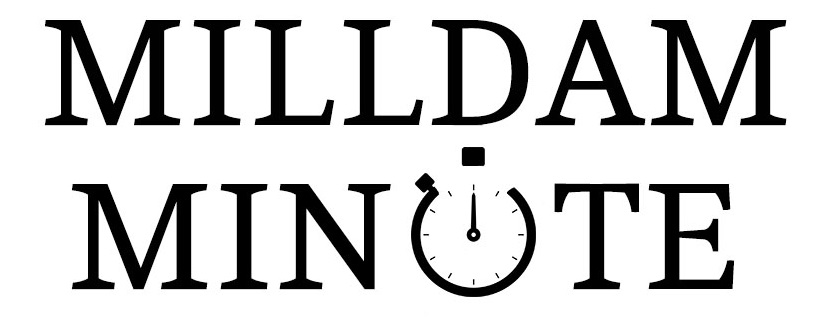You would never operate a business without workers’ compensation or professional liability insurance, would you? Shouldn’t the same apply when it comes to your company’s reputation? While we never start the day thinking of all the disasters that could unfold, it’s inevitable that a crisis will arise at some point in the future. How your company communicates during this tumultuous time is often the difference between staying in business or forever tarnishing the brand that has taken years to build. Of course, if the crisis is large enough to damage your corporate image, there will always be a corresponding hit to its financial standing as well. We’re all familiar with the recent crises involving Chipotle and Volkswagen and how much that cost both companies (billions!).
As a general rule, when reliable information is disseminated quickly, rumors are stopped. The goals of crisis communication are fairly simple:
- Terminate the crisis as quickly and safely as possible
- Limit the damage
- Restore credibility
Effective crisis communications require both advance planning and quick implementation in order to minimize damage. The slower the response, the more damage that is incurred. The biggest test for any company when it’s hit by a severe accident or disaster is how it handles itself in the midst of that crisis, which will influence how the organization is viewed for years to come. With the proliferation of social media, news of a severe crisis can be broadcast around the world in no time, which is why it’s important for a business to get in front of the issue early.
Essential to this early phase of crisis communications is the appearance of control over the situation. The critical stakeholders need to know that the business has a plan and is implementing it. It’s also imperative that you define what has happened and not let others tarnish your brand. In politics, we often hear that “the cover-up was worse than the crime.” The same goes for crisis communications – the longer you don’t confront what is happening (or attempt to hide it), the worse your company looks. These futile delays also provide an opportunity for others (competitors, the media, etc.) to shape the message around the disaster, which is the last thing you want.
Also critical to the creation of your crisis communications plan is the identification of a key team that will oversee the communications. This should be a small group that usually includes a handful of senior executives. The crisis communications team will oversee messaging and put together talking points for external audiences.
This team should be identified well before a crisis strikes so they have established several action items to be launched if (or when) a crisis occurs. Once the group is assembled, they need to develop a list of potential crises that could arise during regular business. Not only is it important to think about what kind of crises may strike with a customer, it’s equally essential to discuss how to handle the unfortunate event when something negative happens to an employee during the course of his or her work. This could include anything from an accident within the office to an employee caught in an electrical explosion on a jobsite.
Although your PR firm should be well equipped to put together a comprehensive crisis communications plan for your business and provide media training for its executives, this blog offers some of the initial steps to help you design your own plan and establish a group of key staff to help drive it. While a crisis may be years away, you’ll want to be prepared when that day comes.

Adam Waitkunas authors the column “Anecdotally Adam” and is President of Milldam Public Relations.




